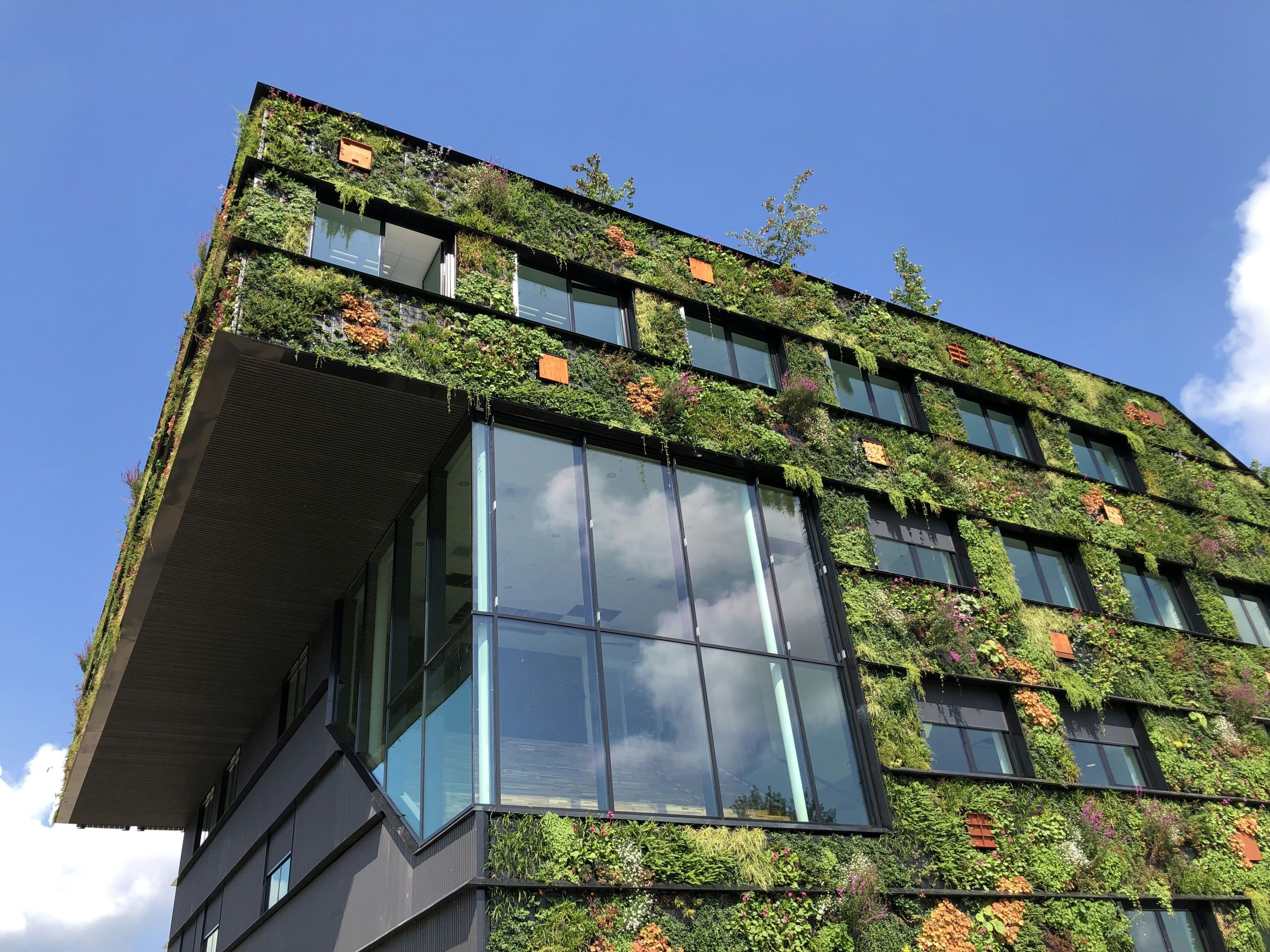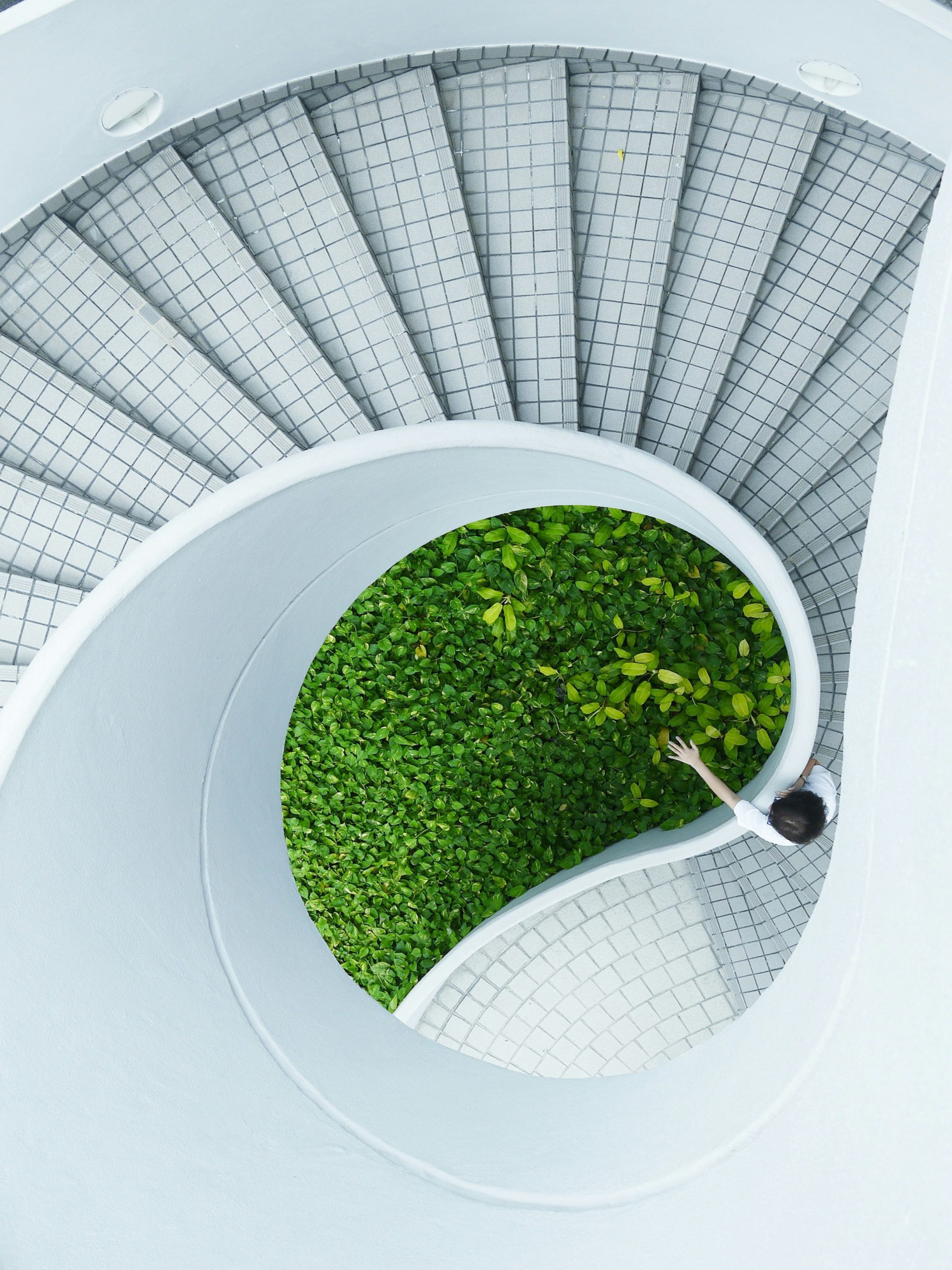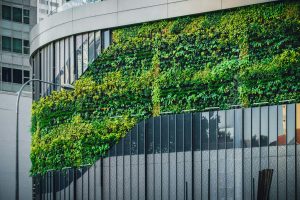Hey there! Let’s dive into the fascinating world of sustainable architecture. In this article, “How Do Rainwater Harvesting Systems Work In Sustainable Architecture?”, we’ll explore the ingenious ways these systems collect and utilize rainwater to create eco-friendly buildings. By shedding light on the mechanisms and benefits of rainwater harvesting, we’ll see how it significantly reduces our environmental footprint and contributes to water conservation. Whether we’re passionate about sustainability or just curious about modern green buildings, understanding these systems can inspire us to embrace and advocate for more environmentally conscious designs. Have you ever wondered how rainwater harvesting systems work in sustainable architecture? It’s a question that often pops up as we hear more about climate change and the need to manage our resources better. There’s something fascinating about the concept that we can capture and use the rain that falls freely from the sky. But how does this system fit into the bigger picture of sustainable architecture? Let’s dive in and explore this together.
Introduction
As we move towards more sustainable living and eco-friendly practices, rainwater harvesting has become a significant component of green building design. This innovative system is crucial for water conservation and helps reduce the overall environmental impact of buildings. By understanding the mechanics of rainwater harvesting and its role in sustainable architecture, we can appreciate its benefits and possibly implement it in our living spaces.
What is Rainwater Harvesting?
At its core, rainwater harvesting is the practice of collecting and storing rainwater for later use. It can be as simple as collecting rainwater in barrels or as complex as integrating advanced filtration systems to ensure the water is fit for various applications. But let’s break it down and understand it step by step.
Basic Concept
Rainwater harvesting involves several processes – capturing, diverting, and storing rainwater. The water can then be filtered and used for tasks ranging from irrigation and flushing toilets to drinking and cooking, depending on the system’s complexity.
Historical Context
Humans have been harvesting rainwater for centuries. Ancient civilizations, including those in Rome and India, built structures to collect and store rainwater. It’s only in recent decades, with the increasing focus on sustainability, that we’re seeing a resurgence of this practice in modern architecture.

Components of Rainwater Harvesting Systems
Understanding the components of a rainwater harvesting system helps us see how it all comes together. Here are the primary elements:
Catchment Area
The catchment area is where the rainwater is collected. Typically, this is the roof of a building, although other surfaces can also be used. The material and condition of the roof influence the quantity and quality of water collected.
Conveyance System
This system includes the gutters and downspouts that channel the rainwater from the catchment area to the storage tanks. Ensuring these pathways are clear and well-maintained is crucial for effective water collection.
First Flush Diverter
The first flush diverter is an important component that improves water quality. It discards the initial flow of rainwater that might contain contaminants from the roof, such as dust and bird droppings, ensuring cleaner water in the storage tank.
Storage Tanks
Storage tanks can be above or below ground and are where the rainwater is stored until needed. They come in various materials, including plastic, concrete, and metal, each with its advantages and disadvantages.
Filtration and Treatment
To make the harvested rainwater suitable for different uses, it often needs to be filtered and treated. This could involve simple mesh filters or more complex systems like UV treatment or chemical disinfection.
Distribution System
Finally, the distribution system is how the stored water is delivered to where it’s needed. This could be a manual process or involve pumps and plumbing for automated delivery.
Designing a Rainwater Harvesting System
Designing a rainwater harvesting system is as much an art as it is a science. It involves understanding the local climate, the building’s design, and the intended use of the harvested water.
Assessing Water Demand and Supply
Before installing a system, it’s crucial to assess the water demand and the supply potential. This involves calculating the building’s water needs and comparing it with the expected rainfall and the catchment area size.
Sizing the System Components
Each component of the rainwater harvesting system must be properly sized to handle the volume of water expected. Oversized or undersized components can lead to inefficiencies or system failures.
Integrating with Existing Systems
In sustainable architecture, integrating the rainwater harvesting system with existing water and drainage systems can enhance efficiency. This integration can also offer a backup supply during dry periods or system maintenance.

Benefits of Rainwater Harvesting
Why should we adopt rainwater harvesting in sustainable architecture? The benefits are numerous and impactful.
Water Conservation
By harvesting rainwater, we reduce our dependence on municipal water supplies. This is especially valuable in areas prone to water scarcity or where the water supply infrastructure is under stress.
Environmental Impact
Rainwater harvesting reduces stormwater runoff, which can lead to erosion, flooding, and water pollution. By capturing this water, we mitigate these negative impacts and promote a healthier environment.
Cost Savings
Over time, using harvested rainwater can lead to significant cost savings on water bills. Additionally, it can reduce the need for costly infrastructure to manage stormwater.
Resiliency
A rainwater harvesting system can provide a backup water source during emergencies, making buildings more resilient to droughts and water supply interruptions.
Challenges and Solutions in Rainwater Harvesting Systems
While the benefits are clear, rainwater harvesting systems are not without challenges. However, many of these can be addressed with thoughtful design and maintenance.
Contaminant Risks
One of the main challenges is ensuring that the harvested rainwater is clean and safe for its intended use. This risk can be managed by using first flush diverters, filters, and regular system maintenance.
Storage Limitations
Storage tanks have limited capacity, which can be problematic during extended dry periods. To address this, supplemental water sources might be integrated, or conservation strategies can be employed to stretch the available water further.
Initial Costs
The installation of a rainwater harvesting system can be expensive. However, these costs are often offset by long-term savings on water bills and can be mitigated through incentives or subsidies offered by some governments and organizations.
Regulatory Hurdles
In some areas, regulations around water rights and usage can complicate the installation of rainwater harvesting systems. Staying informed about local regulations and working with experts can help navigate these challenges.

Case Studies of Rainwater Harvesting in Sustainable Architecture
Learning from existing projects can provide valuable insights and inspiration. Here are a few case studies demonstrating successful integration of rainwater harvesting into sustainable architecture.
Bullitt Center, Seattle
The Bullitt Center in Seattle is often cited as one of the greenest commercial buildings in the world. Its rainwater harvesting system captures water from the roof, which is then filtered and treated to meet potable water standards. This system significantly reduces the building’s water demands from external sources.
BedZED, London
BedZED (Beddington Zero Energy Development) in London is an eco-village designed with sustainability at its core. Rainwater harvesting is a key feature, with water collected and used for non-potable purposes like toilet flushing and garden irrigation.
Indian Green Building Council’s Initiatives
In India, the Green Building Council has promoted rainwater harvesting through its green building certification programs. Numerous residential and commercial projects across the country have integrated rainwater harvesting, reducing reliance on municipal water and promoting sustainable water practices.
| Project | Location | Key Features | Impact |
|---|---|---|---|
| Bullitt Center | Seattle, USA | Potable water treatment, significant municipal savings | Reduced external water demand by nearly 100% |
| BedZED | London, UK | Non-potable use for toilets and gardens | Lowered water consumption, reduced runoff |
| Indian Projects | Various, India | Green certifications, diverse applications | Enhanced sustainability, local water conservation |
How to Implement Rainwater Harvesting in Your Home
Ready to take the plunge and bring rainwater harvesting into your home? Here are some practical steps and tips for implementation.
Assess Your Needs and Capabilities
Begin by assessing your water needs and the feasibility of installing a rainwater harvesting system. Consider your local climate, the size and material of your roof, and your intended use for the water.
Basic DIY System
For a simple and cost-effective project, you might consider a basic DIY rainwater harvesting system. This typically involves a barrel connected to your downspout. It’s a great way to start and see the immediate benefits.
Professional Installation
For more complex systems, including those intended to provide potable water, professional installation is recommended. Experts can ensure the system’s components are properly sized and integrated, and that the water meets quality standards.
Maintenance
Regular maintenance is crucial to keeping your rainwater harvesting system functioning effectively. This includes cleaning gutters and filters, inspecting storage tanks, and ensuring the distribution systems are in good shape.
Future Trends in Rainwater Harvesting and Sustainable Architecture
Sustainable architecture is an evolving field, and rainwater harvesting technology continues to advance. Let’s take a peek at what the future might hold.
Smart Systems
With the rise of smart home technology, rainwater harvesting systems are becoming more sophisticated. Sensors and automated controls can optimize water collection, filtration, and distribution, making systems more efficient and user-friendly.
Integration with Renewable Energy
Combining rainwater harvesting with solar panels and other renewable energy sources can create a more holistic and self-sufficient sustainable system. This integration can further reduce the environmental footprint of buildings.
Urban Applications
As cities aim for greater sustainability, urban applications of rainwater harvesting are becoming more common. Green roofs, permeable pavements, and community rainwater collection systems are just a few examples of how cities are adapting.
Policy and Incentives
As governments recognize the benefits of rainwater harvesting, we can expect more supportive policies and incentives. These might include grants for installation, tax credits, or regulations that make rainwater harvesting a standard practice in new buildings.
Conclusion
Rainwater harvesting is a powerful tool in the quest for sustainable architecture. By capturing and using one of our most vital natural resources, we can reduce our environmental impact, save on costs, and create more resilient communities. As we’ve seen, with the right design, maintenance, and forward-thinking policies, rainwater harvesting can be seamlessly integrated into our homes and cities, contributing significantly to sustainable living. Let’s embrace this age-old practice with modern innovations and do our part for a greener future.
So, how do rainwater harvesting systems work in sustainable architecture? They work by marrying ancient wisdom with contemporary technology, creating solutions that are as beneficial to us as they are to our planet. And who knows? With a little effort, maybe we can all partake in this eco-friendly practice and make our living spaces a bit more sustainable. Weather permitting, of course!



